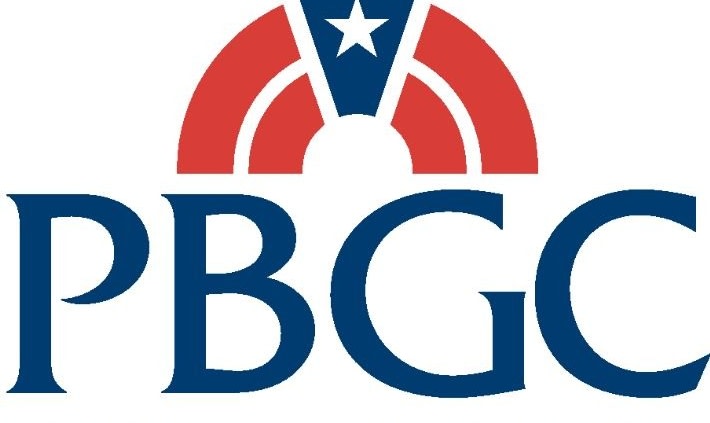
Reducing PBGC Premium Costs
“One of my plan sponsor clients with a defined benefit plan asked me about ways to reduce the Pension Benefit Guaranty Corporation (PBGC) premiums the company pays. Do you have any ideas to help save on costs?”
ERISA consultants at the Retirement Learning Center (RLC) Resource Desk regularly receive calls from financial advisors on a broad array of technical topics related to IRAs, qualified retirement plans and other types of retirement savings and income plans, including nonqualified plans, stock options, and Social Security and Medicare. We bring Case of the Week to you to highlight the most relevant topics affecting your business. A recent call with a financial advisor in Illinois is representative of a common inquiry involving PBGC premiums.
Highlights of Discussion The 2024 PBGC premium rate per participant is $101 and could be even higher for underfunded plans. Therefore, decreasing the participant count in a plan can help reduce PBGC premiums.
After reviewing the plan details, RLC’s consultants noted the plan had many former employees with small benefit amounts and a number of retirees taking benefits. Several strategies are available that can reduce the number of participants and thus the PBGC premium costs, including the following.
First, SECURE Act 2.0 has increased the cash-out amount limit from $5,000 to $7,000, and this feature would allow the plan sponsor to require separated participants with benefits under this threshold to take distributions. (See a prior Case of the Week New Cash Out Limit-Mandatory or Not?) This tactic removes the former participants from the plan and, consequently, the number of participants for which PBCG premiums are due. To illustrate how this is applied, reducing the participant count by 10 could reflect $1,010 in savings (10 x $101) in premiums. The PBGC premium rates are also indexed each year, so savings for future years would be higher.
Next, for participants currently taking benefits, a “lift out” strategy could be used whereby an insurance carrier essentially buys these participants out of the plan and the carrier takes on the obligation to pay benefits. Once the transaction is completed the participants are no longer in the plan and PBGC premium savings are realized.
Conclusion Depending on the circumstances of the plan, there may be ways for defined benefit plan sponsors to reduce their PBGC premiums, including utilizing enhanced cash-out provisions and lift-out strategies. Of course, one must ensure the language of the governing plan document allows for such actions.
